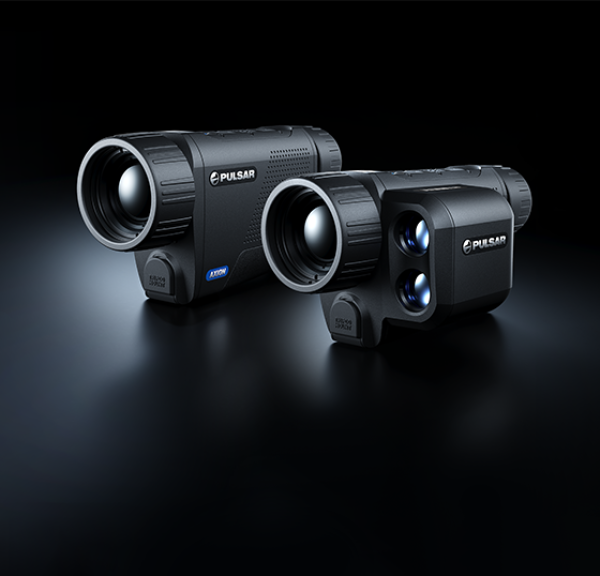Recently TFB (The Firearm Blog) reviewed Pulsar’s new Thermal pocket rocket, the Axion XM30S. Just at the end-of-term for that evaluation Pulsar XQ38 and Pulsar XQ38 LRF arrived. These Axions are a little bit bigger but the performance for thermal detection and image quality is also enhanced. As a “total package” they provide a very interesting choice for anyone in the market.
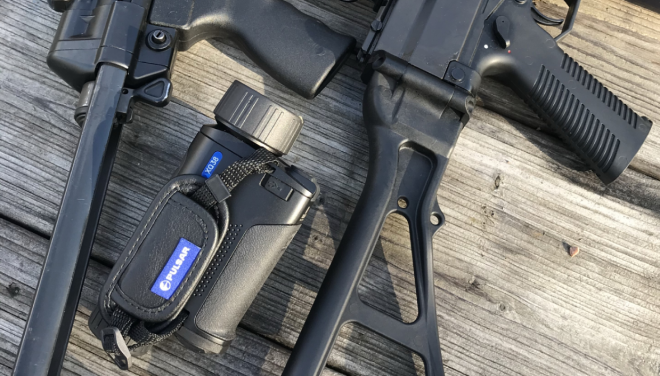
In case you didn’t know, LRF stands for Laser Range Finder, which means that Pulsar added the possibility to range objects out to 1000 meters with an accuracy of ± 1. As it’s quite difficult to get a feeling for the depth in a thermal image this is a welcome feature. Unfortunately, at the same time, they removed the video recording function, the Wi-Fi and future firmware update for the LRF model. There is only so much that can fit in these small packages, so you have to choose which features are most important for you.
The LRF works just about as good as any other LRF, you don’t get readings all the time but most of the time. In fact, some may like the bulkier shape of the LRF model as it’s easier to hold and aim with two hands.
Two Axions and a USB stick for size comparison below.
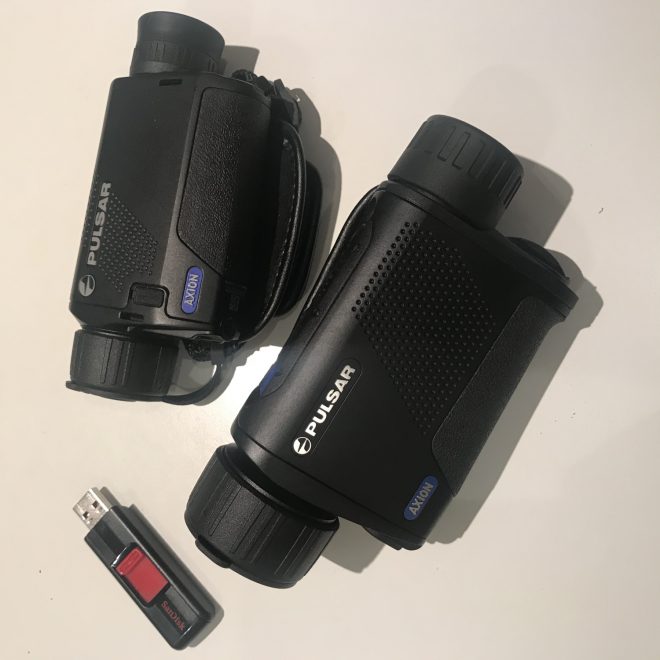
A hunter is probably more interested in knowing the range to his target over the video recording, as he will have his hands busy on the rifle when it’s time to shoot anyway. In this case, the LRF model will be a good choice. Someone who shares his “thermal content” all the time will certainly go for the normal XQ38 model.
Many professional hunters use a thermal scanner to quickly detect their target, then use digital night vision technology (or a thermal sight) to positively identify the target and take the shot.
As the LRF version lacks recording, Riccardo Tamburini did an impression of what the Pulsar XQ38 LRF display looks like to the user.
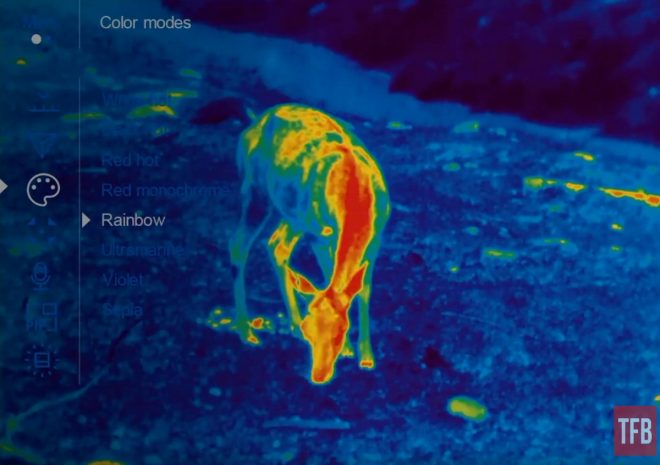
IMAGE QUALITY
The sensor at the front is 384×288 pixels @ 17 µm with a NETD <40 mK. The NETD will tell you the sensitivity that the sensor can distinguish temperature differences at, and the lower the value the better. In poor conditions, this is an important factor. The AMOLED display is full-color and with a resolution of 1024×768, it provides a high-resolution image in combination with low power consumption. The frame rate is 50 Hz, so you won’t have an issue with animals or objects that move fast.
The maximum detection range is 1350 meters and it should work well to detect and recognize Coyotes/ wolves and hogs out to 3-400 meters/yards depending on the conditions. The magnification goes from 3.5 to 14 power and if you want to dig deeper into all the specifications check Pulsar’s product page. In my opinion, less magnification is better here, as you want a wide field of view for these applications. To compare, the Accolade 2 which is more than twice the price has a magnification between 2.5-20.
Below is an example of a roe deer at around 80-100 meters. The weather is cold, around +5 C° and the fog is starting to rise. The sun has just set and you can barely see the animal at this distance with your eyes.
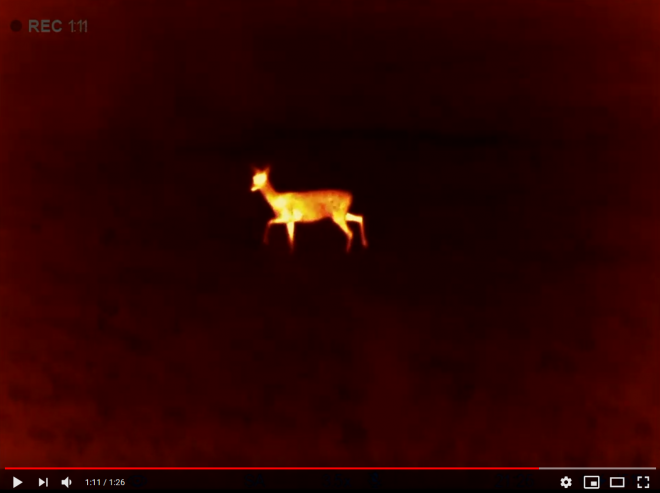
One thing you should be beware of is the conditions when the thermal image or video was taken, and also the distance to the object. Marketing material is usually taken in the best possible conditions, which means on a dry, sunny day. Below is an example from a fairly humid night, the fog is starting to rise from the ground and it’s been around +15 C° all day. Distances are from 100-500+ meters.
Below: Still picture from the video. It’s easier to see in the video when they move. These are three roe deer at about 250 meters in “medium-difficult” conditions.
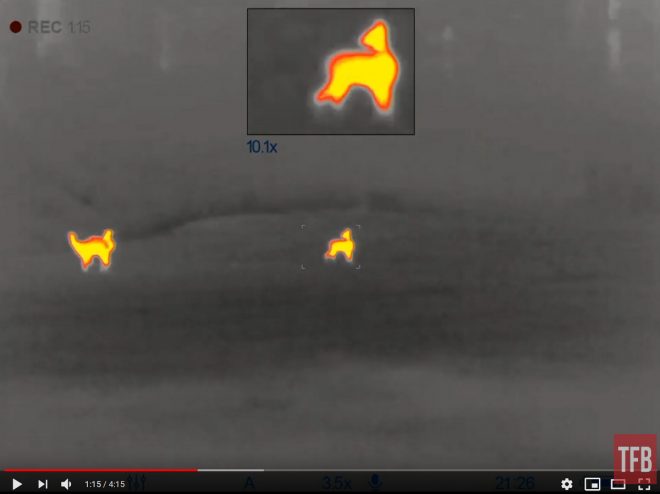
The XQ38 LRF adds another 50 grams for a total of 400 grams (0,4 kg) and is bulkier than XQ38. But it is also easier to hold steady with two hands.
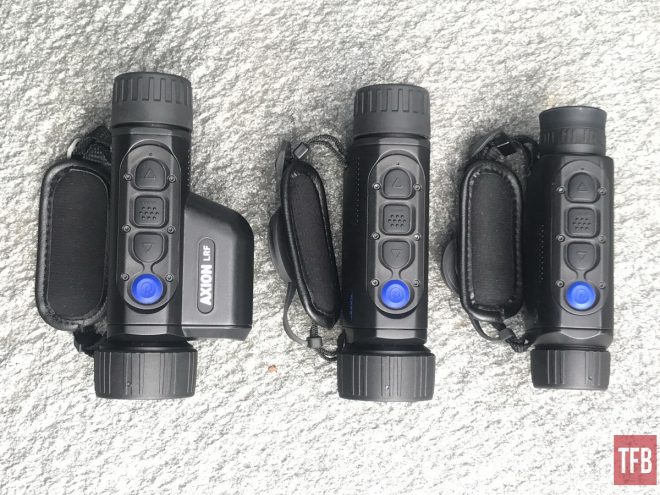
The battery system is a B-Pack mini APS5, and they were easy to use and good enough for one night out or longer. A power bank connected via a USB Type-C socket can be used as an external power source.
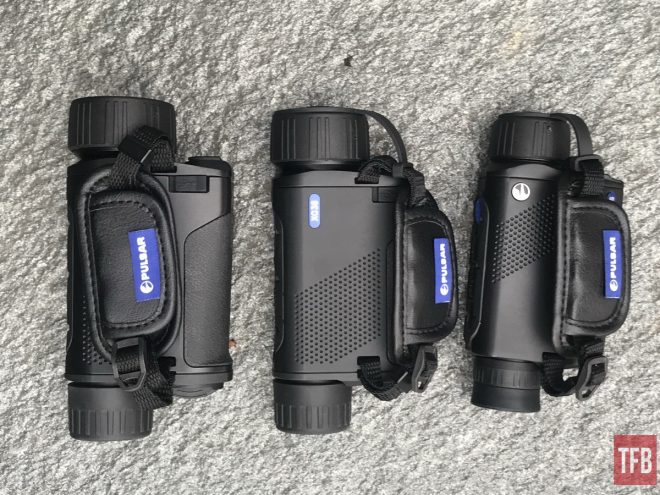
The Axion XQ38s are Made In Lithuania. They come with a 3-year warranty. The batteries have a 1-year warranty.
An outline of differences and similarities in the table below. The “minus” sign means the feature is not included in that model:
| Feature |
Axion ХQ38 |
Axion LRF XQ38 |
| Built-in video recorder |
+ |
- |
| 8 Color palettes |
+ |
+ |
| Image Detail Boost function |
+ |
+ |
| 3 Calibration modes |
+ |
+ |
| 4 Preset observation modes |
+ |
+ |
| Display off function |
+ |
+ |
| Stadiametric rangefinder |
+ |
- |
| Built-in precise laser rangefinder |
- |
+ |
| «Picture in picture» function |
+ |
+ |
Wi-Fi. Integration with iOS and Android devices
|
+ |
- |
Stream Vision application support
|
+ |
- |
| Firmware update |
+ |
- |
What other options do you have?
Pulsar has a lot of options, almost too many to keep track of, but if you want to step up the game from the XQ38s, your next option is going to be the upcoming Helion 2 XQ50F or the Accolade 2 Pro Thermal Binoculars. If a smaller size is your priority, then check the Axion XM30S.
If you’re looking for a thermal sight, then the Pulsar Thermion or the Trail 2 is for you.
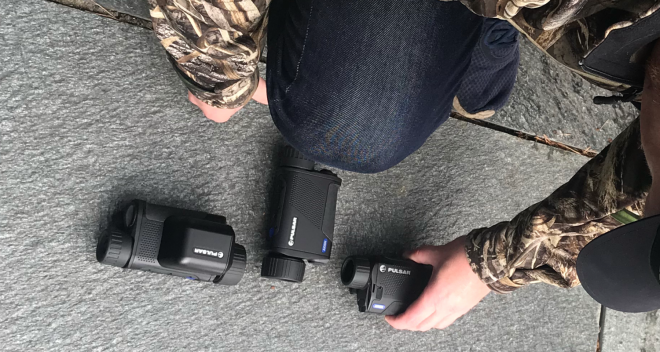
You can find the Axion XQ38 here and the Axion XQ38 LRF model here.
Conclusion
We as consumers always want more, but it’s easy to forget how quickly these thermal devices have developed just in the past year, and how good they have become. Both of these two devices offer outstanding performance for the price. I think the XQ38 LRF is the most affordable thermal imaging monocular with LRF capability on the market at the moment. The XQ38, just a tiny step up from the XM30S in terms of price, but with a much better performance. Unless the size is your primary concern, you should definitely go with the slightly bigger model (XQ38). I’m looking to get one of these for myself, but the biggest problem seems for me to decide if I need the LRF over the video recording or not.
What are your thoughts about going with video recording or the LRF?
Source - TFB
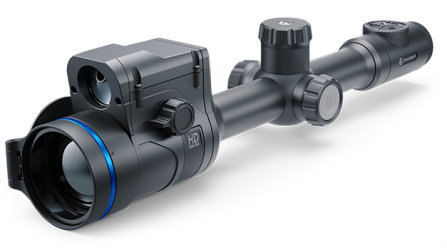 Thermion 2 LRF XL50
Thermal Imaging Riflescope
Thermion 2 LRF XL50
Thermal Imaging Riflescope
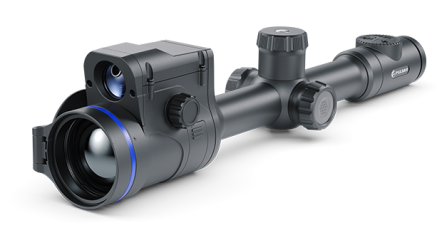 Thermion 2 LRF
Thermal Imaging Riflescopes
Thermion 2 LRF
Thermal Imaging Riflescopes
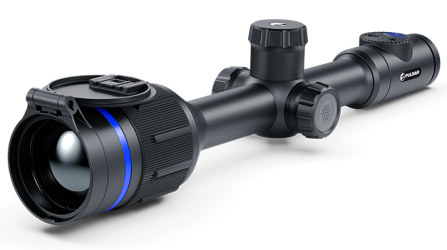 Thermion 2
Thermal Imaging Riflescopes
Thermion 2
Thermal Imaging Riflescopes
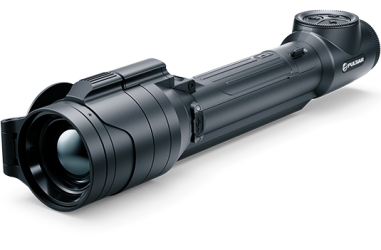 Talion
Thermal Imaging Riflescopes
New
Talion
Thermal Imaging Riflescopes
New Merger LRF XT50
Thermal Imaging Binoculars
Merger LRF XT50
Thermal Imaging Binoculars
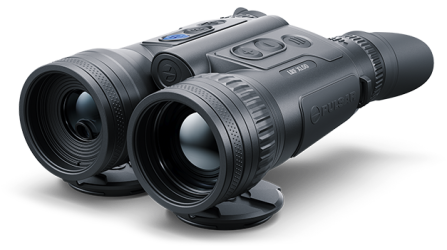 Merger LRF XL50
Thermal Imaging Binoculars
Merger LRF XL50
Thermal Imaging Binoculars
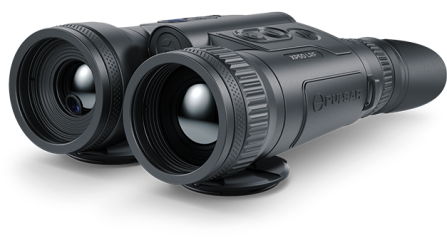 Merger LRF XP50
Thermal Imaging Binoculars
New
Merger LRF XP50
Thermal Imaging Binoculars
New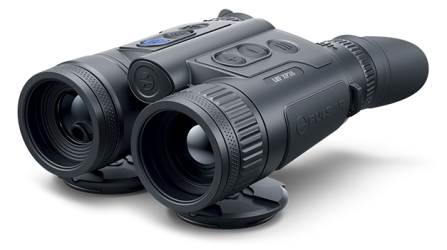 Merger LRF XP35
Thermal Imaging Binoculars
Merger LRF XP35
Thermal Imaging Binoculars
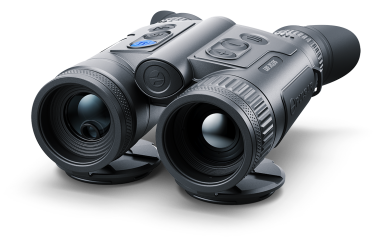 Merger LRF XQ35
Thermal Imaging Binoculars
New
Merger LRF XQ35
Thermal Imaging Binoculars
New Telos
Thermal Imaging Monoculars
New
Telos
Thermal Imaging Monoculars
New Axion Compact
Thermal Imaging Monoculars
Axion Compact
Thermal Imaging Monoculars
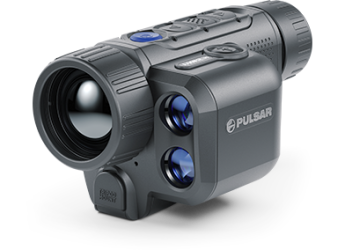 Axion 2 LRF
Thermal Imaging Monoculars
Axion 2 LRF
Thermal Imaging Monoculars
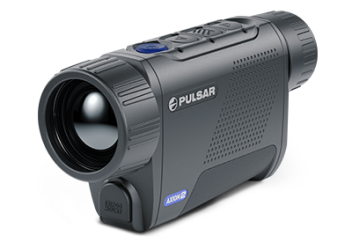 Axion 2
Thermal Imaging Monoculars
New
Axion 2
Thermal Imaging Monoculars
New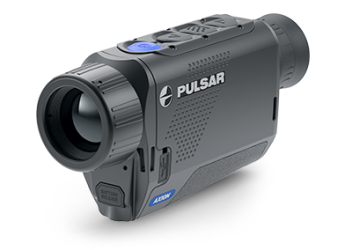 Axion XQ30 PRO
Thermal Imaging Monoculars
Axion XQ30 PRO
Thermal Imaging Monoculars
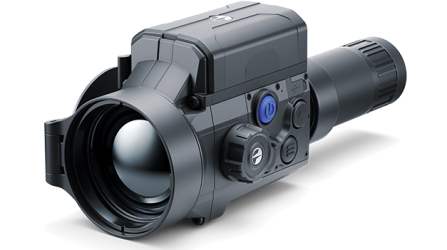 Krypton 2
Thermal Imaging Monocular
Krypton 2
Thermal Imaging Monocular
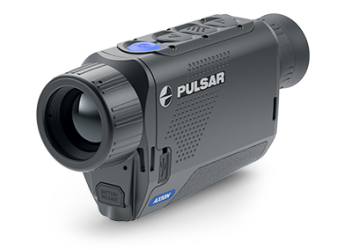 Axion XM30F
Thermal Imaging Monoculars
Discontinued
Axion XM30F
Thermal Imaging Monoculars
Discontinued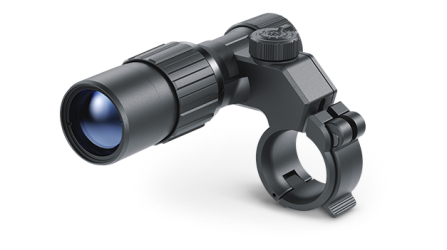 Pulsar Digex-XS
External Infrared Illuminators
Pulsar Digex-XS
External Infrared Illuminators
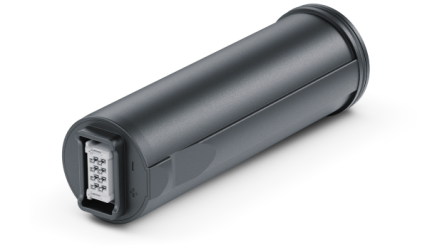 APS Batteries
Battery Packs
APS Batteries
Battery Packs
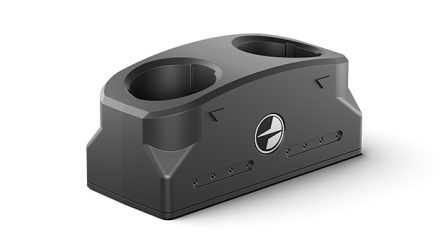 APS Chargers
Battery Chargers
APS Chargers
Battery Chargers
 LPS 7i Battery Pack
Battery Packs
LPS 7i Battery Pack
Battery Packs
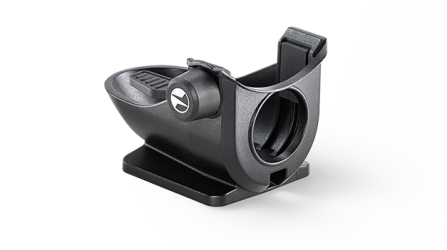 Telos LRF Tripod Adapter
Pulsar Accessories
Telos LRF Tripod Adapter
Pulsar Accessories
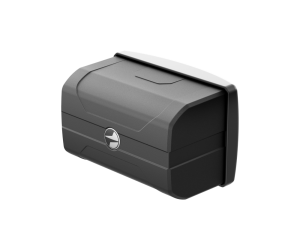 IPS Batteries
Battery Packs
IPS Batteries
Battery Packs
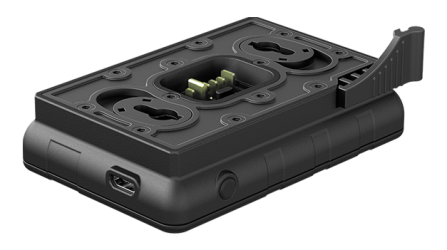 IPS Battery Charger
Battery Charger
IPS Battery Charger
Battery Charger
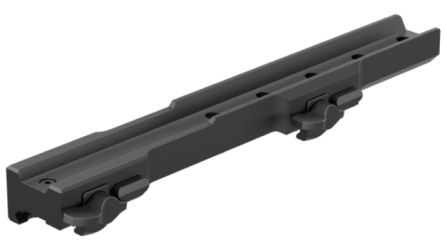 Rifle Mounts
for Pulsar Riflescopes
Rifle Mounts
for Pulsar Riflescopes
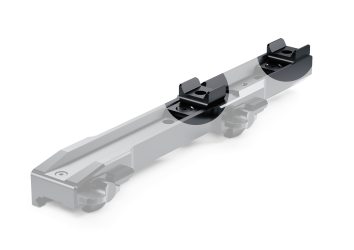 H7 Spacers
Repair Kits
New
H7 Spacers
Repair Kits
New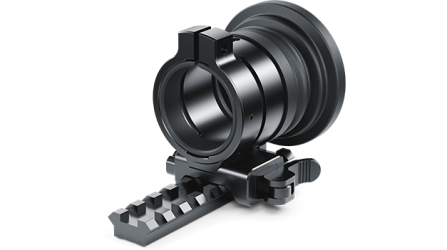 PSP-V Weaver Rail Adapter
Adapter
PSP-V Weaver Rail Adapter
Adapter
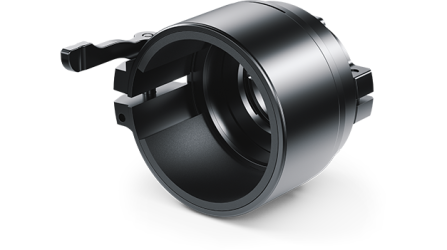 PSP Ring Adapters
Adapters
New
PSP Ring Adapters
Adapters
New PSP-B Ring Adapters
Ring Adapters
PSP-B Ring Adapters
Ring Adapters
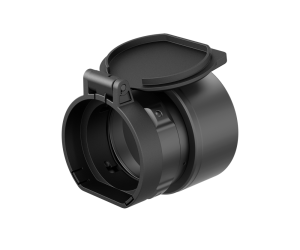 FN Adapters
Cover Ring Adapters
FN Adapters
Cover Ring Adapters
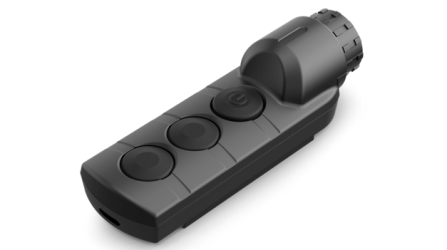 Remote Controls
for digital devices and thermal imagers
Remote Controls
for digital devices and thermal imagers
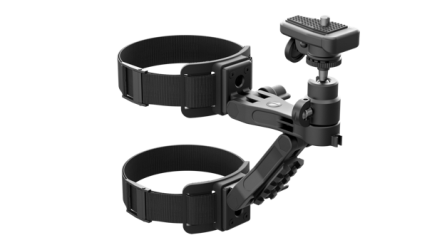 Tree mount
Pulsar Accessories
Tree mount
Pulsar Accessories
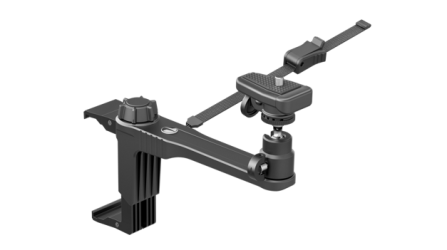 Window Frame Mount
Pulsar Accessories
Window Frame Mount
Pulsar Accessories
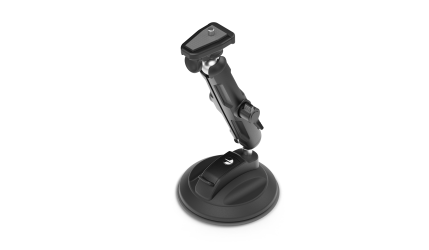 Flat Glass Mount
Pulsar Accessories
Flat Glass Mount
Pulsar Accessories
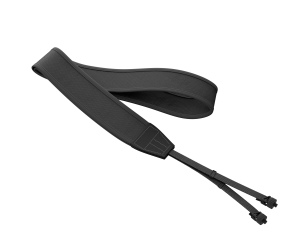 Neck Straps
Accessories
New
Neck Straps
Accessories
New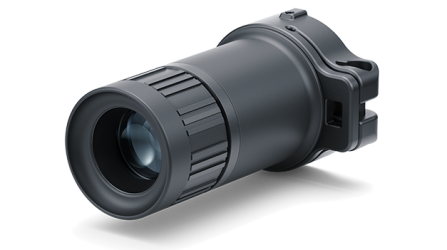 Monocular Pulsar 3x20 B
Accessories
Monocular Pulsar 3x20 B
Accessories
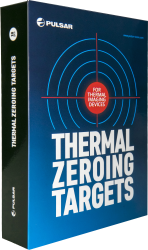 Thermal Zeroing Targets
Accessories
Thermal Zeroing Targets
Accessories









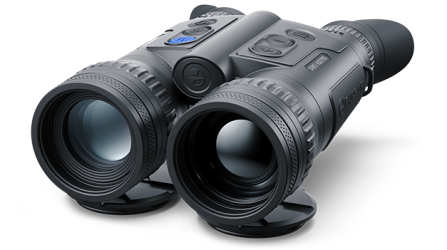
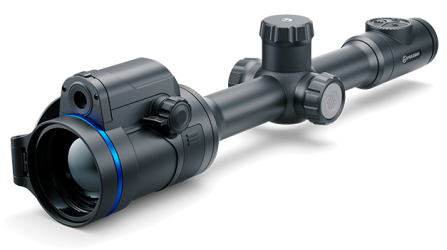
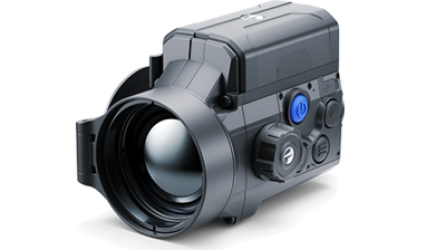
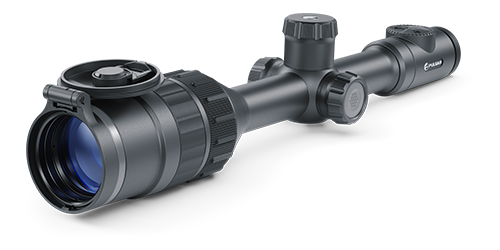
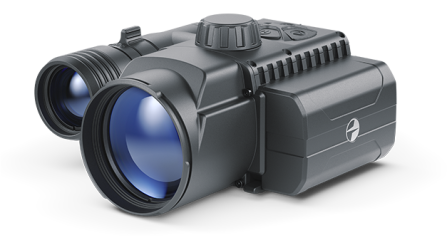
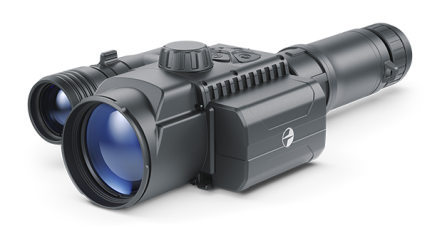



 English
English German
German French
French Spanish
Spanish Italiano
Italiano English
English Lietuvių
Lietuvių